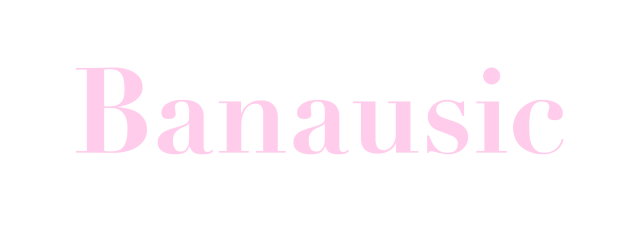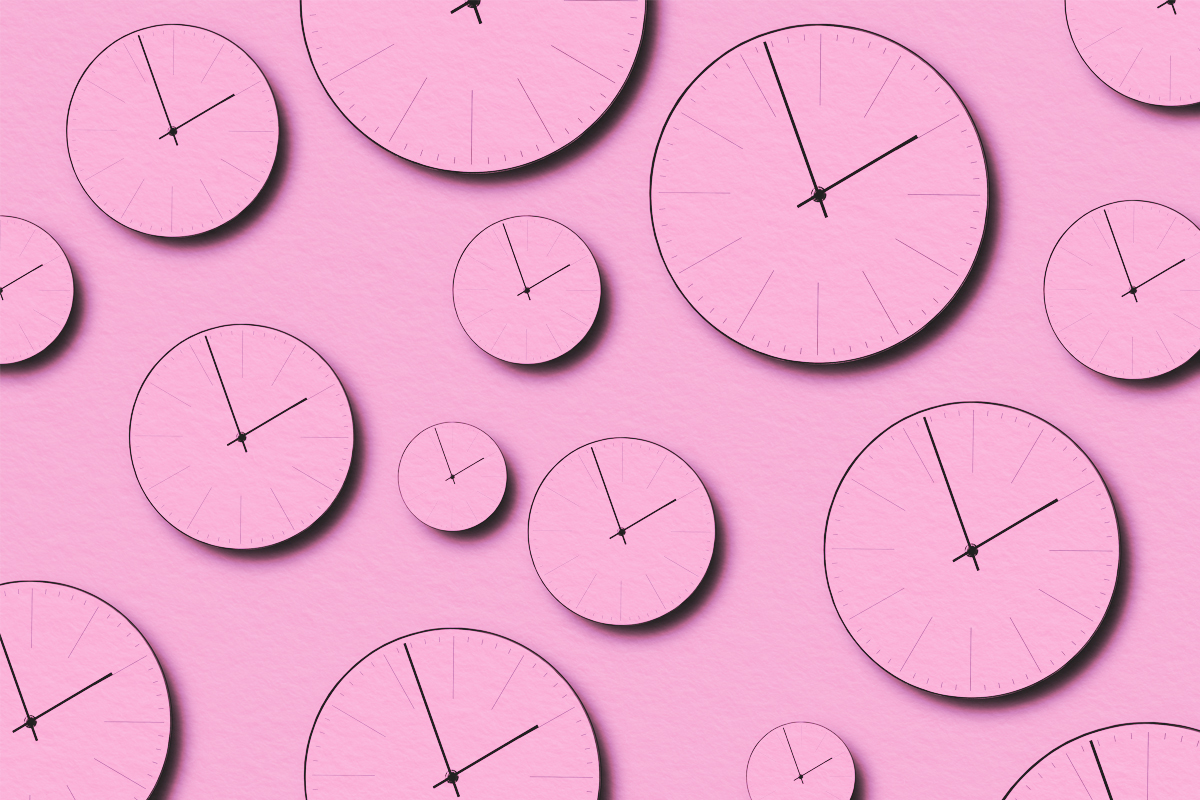Trompe-l’œil
Noun
- Visual illusion in art, especially as used to trick the eye into perceiving a painted detail as a three-dimensional object.
- A painting or design intended to create the illusion of a three-dimensional object.
Example Sentences
“The street artist created a trompe-l’œil with chalk that made the brick wall appear to be a window into the stars.”
“The Instagram filter applied a trompe-l’œil effect that made selfies look like Renaissance paintings.”
“Tamara commissioned a trompe-l’œil mural for her home office to create the illusion of working in a garden.”
Word Origin
French, late 19th century
Why this word?
We visit the world of fine art for today’s word: trompe-l’œil, which means “deceives the eye” in French. This artistic style involves literally tricking the audience into thinking they are seeing something they are not, usually with artwork so hyperrealistic it might compel the viewer to reach out and attempt to grab an apple from a painted bowl of fruit, or jump to avoid a chalked puddle on the sidewalk. The trompe-l’œil style became popular during the Renaissance, with famous examples on display in painted chapel ceilings that look like they are windows up into the clouds of heaven. Modern examples of trompe-l’œil include the works of street artists who chalk sidewalk designs that appear as if they’re portals into elaborate worlds.
top picks in Inbox Studio network
Word Daily is part of Inbox Studio, which publishes content that uplifts, informs, and inspires.











 Subscribe to Better Report
Subscribe to Better Report

